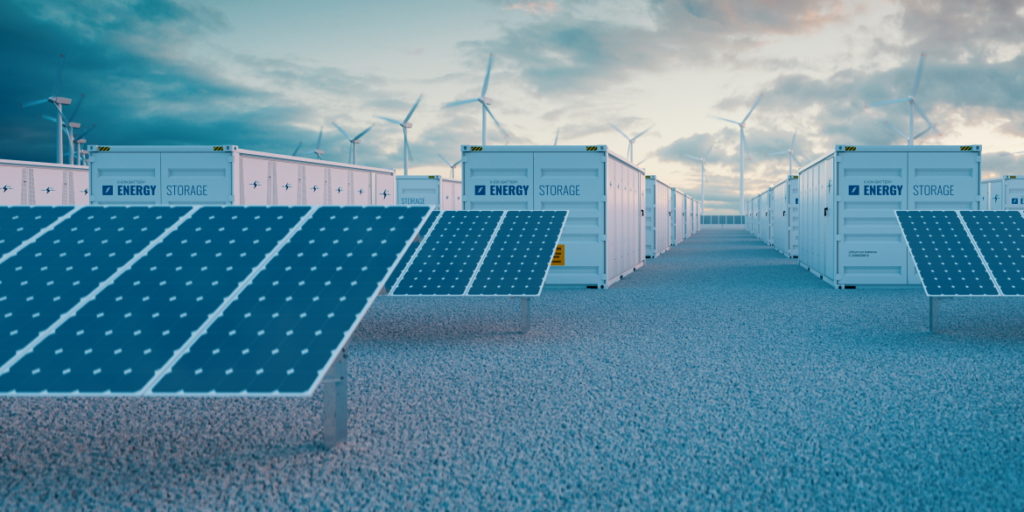The solar market is maturing and off-takers are increasingly asking for clean, guaranteed power production regardless of the weather. This trend towards firm solar power delivery is visible in corporate commitments to operate on carbon-free energy 24/7, 365 days a year.
Power purchase agreements (PPAs) are shifting from unit-contingent—wherein variable solar energy is purchased as generated—towards blocks of firm solar power. PPAs are being structured such that the solar plant operator guarantees power at a specific time and holds responsibility for any production shortfall. In this scenario, solar plant owners may be required to incur the weather (or shape) risk or finance a suitable hedge against any shortfall.
Solar power plants can be designed to mitigate some of these risks to the plant operator. Doing so, however, requires changes to the plant design process and development of new tools to create designs that optimize capital. While next-generation or hybrid solar-plus-storage plants may be more complex to design, build and operate, they offer key benefits such as reducing solar intermittency and providing grid balancing services. Hybrids can increase grid system value by as much as $48 per MWh according to researchers at Berkeley Lab. Considering the operational strategy during design can further enable PV plant developers to reduce capital costs.
Research has shown generators of renewable power such as solar PV can effectively manage weather risk and minimize the cost of providing firm solar power with a combination of battery storage, DC oversizing and dispatch strategies that leverage solar forecasts. Despite all the attention given to energy storage, energy storage alone is unlikely to minimize costs. Time-series analysis is critical for understanding the full range of possible generation scenarios and the amount of storage (or energy trading) that will be required to meet contractual obligations.
So where do solar forecasts fit in?
Solar forecast and hindcast as key inputs for firm solar power delivery
Accurate solar forecasts can help solar power plant operators make better unit commitment and economic dispatch decisions, reducing the uncertainty associated with meeting minimum generation and ramping requirements. Optimizing energy storage dispatch with accurate solar forecasts means less energy storage is required. If operational strategies—including the use of solar forecasts—are considered during project design, costs to build and operate solar plus storage power plants can be reduced.
A recent study performed in collaboration with the University at Albany (SUNY-Albany) focused on a strategy to optimally overbuild solar power plants and size battery storage to make up for any power prediction errors. The results show that optimal plant design depends strongly on the accuracy of the power production forecast that will be used in solar plant operations. Therefore, it is important to use accurate solar forecasts operationally, as well as consider solar forecasts prior to construction.
The study found that forecast quality affects the cost premium required to build and operate a firm-power system when the weighted-average cost of capital and operating costs are factored in. Across all the scenarios analyzed in the study, the use of SolarAnywhere® Forecast in operations and the corresponding hindcast during project design led to cost reductions of $172-$293 per kW (or 37-50%) when compared to sources such as smart persistence, GFS and ECMWF.
Recognizing the value of solar forecasts to optimize solar plus storage plant design and operation, Clean Power Research now offers solar forecasting “hindcasts.” Hindcasts simulate the site-specific solar forecast that would have been available during some past period for operational decision-making. With hindcasts, developers can evaluate the accuracy and variability of solar forecasts at a project site. This information can be used to improve dispatch algorithms and reduce hardware requirements—and cost—to deliver firm solar power.
Hindcasts are available with SolarAnywhere Sites, our time-series data service for solar project financing and operations. Existing SolarAnywhere Sites customers now have access to two years of hindcast data. To try it, select any active Site and use the settings menu to set the data type to ‘hindcast.’ If you don’t have Sites access, you can still test hindcasting for more than 30 locations around the globe at no cost with SolarAnywhere Public.
The post Introducing SolarAnywhere® hindcast data: optimize PV plant design to deliver firm solar power appeared first on SolarAnywhere.
